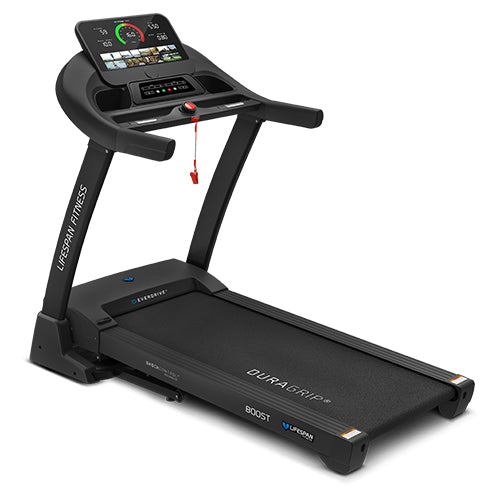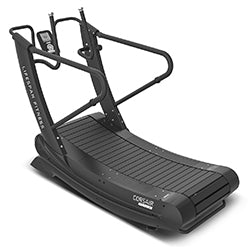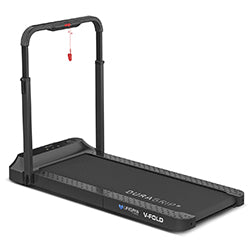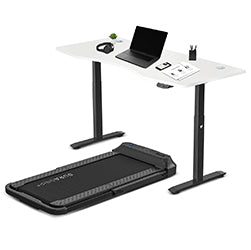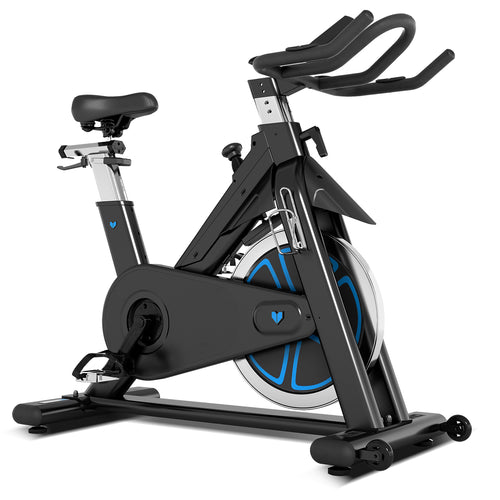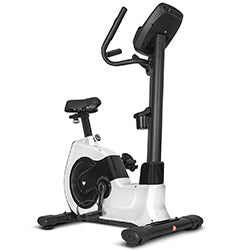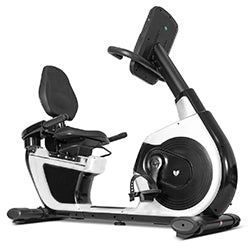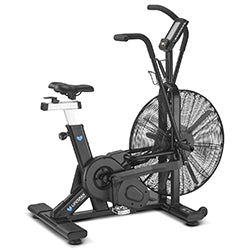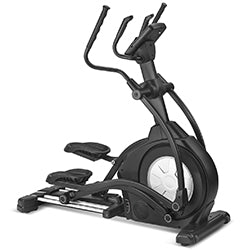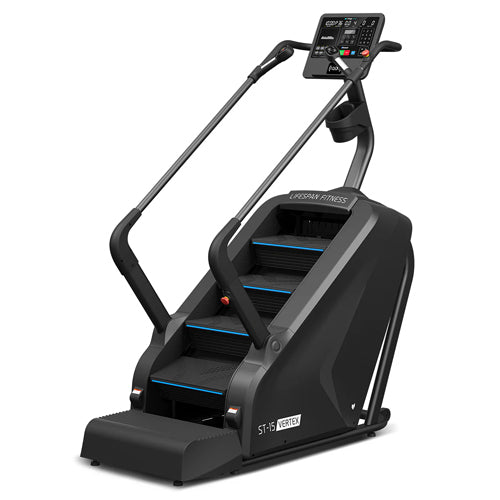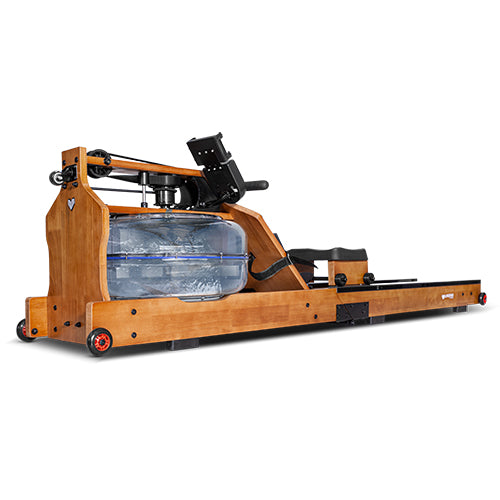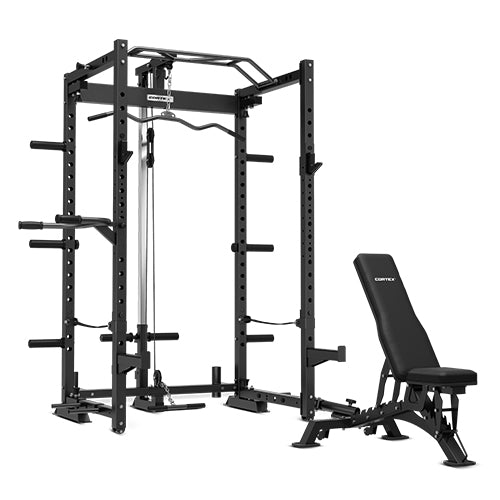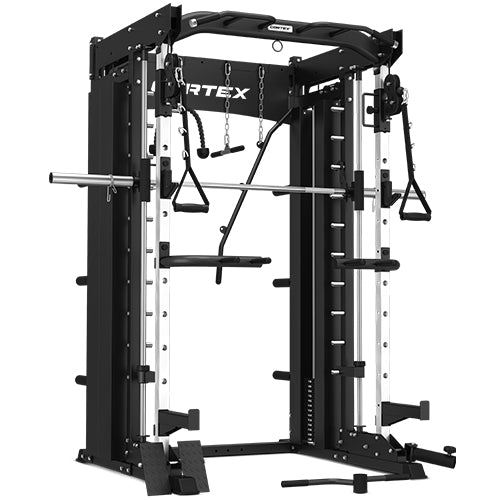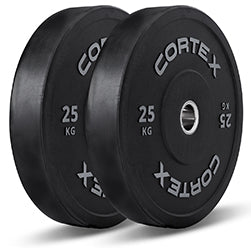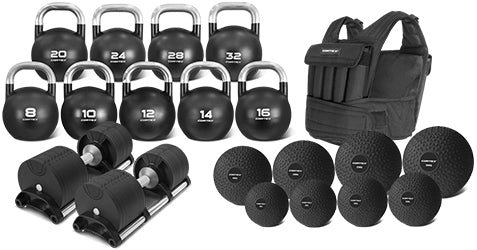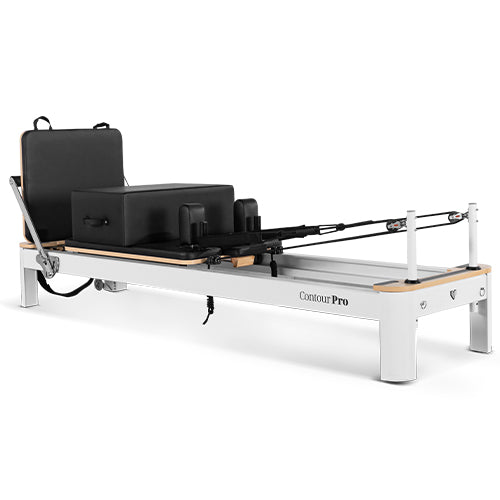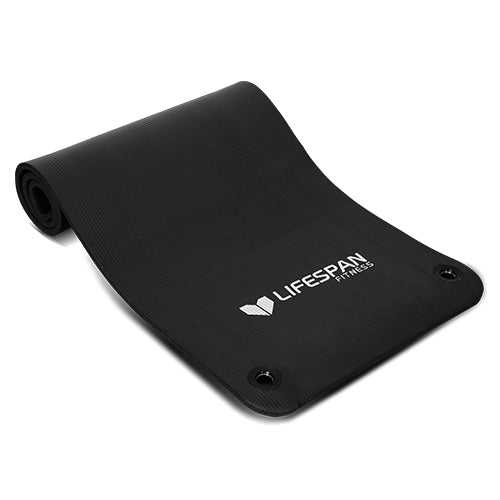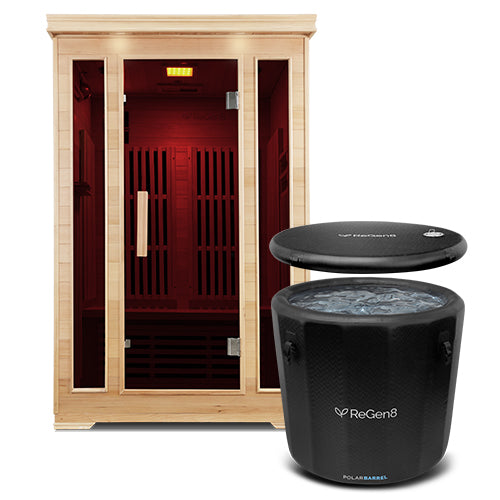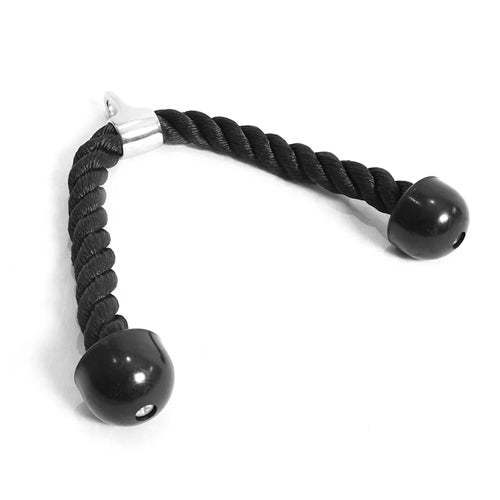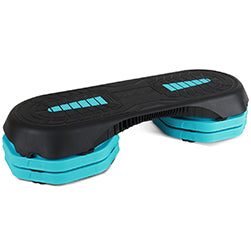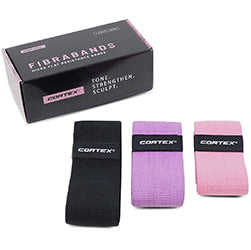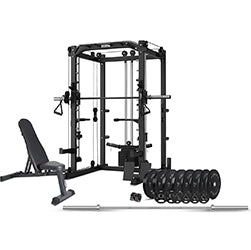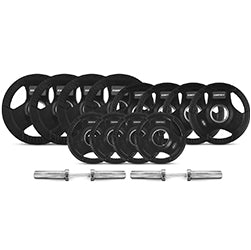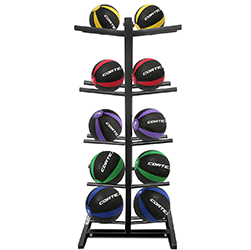

There probably isn’t any other fitness machine that’s more essential and widely used than a treadmill. They’re highly accessible and deliver an effective cardio workout for a wide variety of users.
However, one of the most common issues you’ll face with a treadmill is belt slippage. No matter what you're using it for, a slipping belt on a treadmill can disrupt your workout and even cause damage to your equipment. But don’t worry, we’re here to give you the rundown to better understand why treadmill belts slip and how you can prevent it from happening.
Click here to read up on general treadmill maintenance.
So Why Do They Slip?

Treadmill belt slippage happens when the belt can’t maintain the proper friction and tension it needs to move smoothly. There are a few reasons why this can happen:
-
Lubrication: If the belt and deck are not well-lubricated, friction builds up, making it harder for the belt to move smoothly. Find treadmill lubricants here.
Watch our handy video demonstration on lubricating a treadmill belt.
- Belt Tension: If the belt is too loose, it will have difficulty gripping the rollers. On the other hand, if the belt is too tight, it can strain the motor and create uneven wear.
- Worn-Out Belt: Just like any other part of your treadmill, the belt will wear down over time. The constant motion, weight and friction cause the belt to lose its grip on the deck.
- Dirty or Misaligned Rollers: The rollers are responsible for moving the belt smoothly. If they become dirty or misaligned, they can cause friction that prevents the belt from moving properly.
- Old or Damaged Drive Motor: The drive motor powers the movement of the belt. If it’s not working properly, the belt won’t be moving at a consistent speed.
Signs of Slipping
Sudden Stops or Jerky MovementsOne of the most noticeable signs of a slipping treadmill belt is the machine suddenly stopping or moving erratically.
Grinding or Squeaking NoiseA grinding or squeaking noise coming from the treadmill is another telltale sign that something is wrong. This could be a result of increased friction between the belt and the deck.
The Gap Between the Belt and the DeckIf you notice a gap between the treadmill belt and the deck, it could mean that the belt is slipping or is improperly tensioned. This gap often appears when the belt is too loose, preventing it from gripping the rollers properly.
How To Avoid Slipping

Learning proper treadmill usage and maintenance can reduce the risk of slippage.
Regular Lubrication
One of the most effective ways to prevent belt slippage is through regular lubrication. Friction between the belt and the deck can wear it out and create slippage. Most manufacturers recommend lubricating your treadmill belt every 3-6 months, but it’s important to follow your machine’s specific guidelines.
Keep it Tight and Clean
A loose belt can lead to slipping, while a belt that's too tight can wear out parts like the motor and rollers. Check the tension and adjust it as needed (follow your treadmill manual for guidance on proper tension settings). Keeping the treadmill clean will also help to prevent dust and debris from interfering with the belt’s movement.
Using Treadmill Mats
Treadmill mats help reduce vibrations, which can affect the machine’s performance and cause uneven wear on the belt. They also protect the floor from any damage caused by the treadmill’s movement.
Click here for a guide to looking after your treadmill belt.
Troubleshooting Tips

Belt Tension Adjustment
If the belt is too loose, it won’t grip the rollers properly. If the belt is too tight, it can cause friction that wears out the motor and other part.
Follow your machine's manual for specific instructions on tensioning the belt.
Drive Belt Inspection
To inspect the drive belt, unplug the treadmill and remove the motor cover. Look for any visible signs of wear, such as cracks, fraying, stretching or misalignment.
Roller Tube Checkup
The roller tubes help the belt move smoothly. To check them, clean them thoroughly and check that they have a smooth rotation without any obstructions.
Time to Replace
Here are a few indicators that it’s time to replace your treadmill belt:
- Excessive Wear: If the surface becomes frayed, cracked or visibly damaged, it’s no longer safe to use.
- Persistent Slipping After Adjustments: If your treadmill belt continues to slip despite adjusting the tension, lubricating the belt and troubleshooting other parts, it might be time to replace the belt.
- Uneven Tracking: If the belt starts to move off-centre or doesn’t track properly, this could indicate that the belt has stretched or warped.
- Noise or Grinding Sounds: If you hear constant grinding or squeaking noises that can’t be fixed by lubrication or cleaning, the belt may have deteriorated to a point where it can’t function properly.
- Motor Strain: If your treadmill motor seems to be working harder than usual or tends to get really hot, it could be due to the belt causing increased friction.
Determining Wear and Tear
The following are the most common signs of wear:
- Fraying or Cracking
If you notice frayed edges, cracks or tears on the belt, it’s a clear indication that the belt has experienced excessive use and is starting to degrade.
- Uneven Surface Texture
A treadmill belt that has been used extensively can develop rough spots, worn patches or a "shiny" appearance. This occurs due to friction between the belt and deck, which gradually wears down the material.
- Loss of Tension
Treadmill belts naturally stretch over time. If you notice that the belt has become loose or is slipping despite being tightened, this is an indication that the belt has stretched too far to be effective.
- Inconsistent Performance
If there's uneven motion, the belt’s not tracking straight or it’s slipping despite proper lubrication and tension adjustments, it could be due to uneven wear. This can be caused by faulty rollers or tension settings, but sometimes it's simply the belt showing signs of wear and needing replacement.
- Increased Friction or Noise
As a belt begins to wear out, it may produce a louder noise, like squeaking or grinding. This usually happens because the belt has become thinner, creating more friction against the deck.
Following Manufacturer's Guide
One of the most important steps in maintaining your treadmill and preventing issues like belt slippage or premature wear is following the manufacturer’s guide. Each treadmill model is unique, and the manufacturer’s recommendations will have essential information on the proper care, maintenance and usage of your model.
Conclusion

Treadmill belt slippage can be a frustrating issue, but with the right maintenance and attention, it’s entirely preventable. Regular lubrication, proper belt tension and a clean, well-maintained treadmill will lead to smooth, consistent performance during your workouts.




